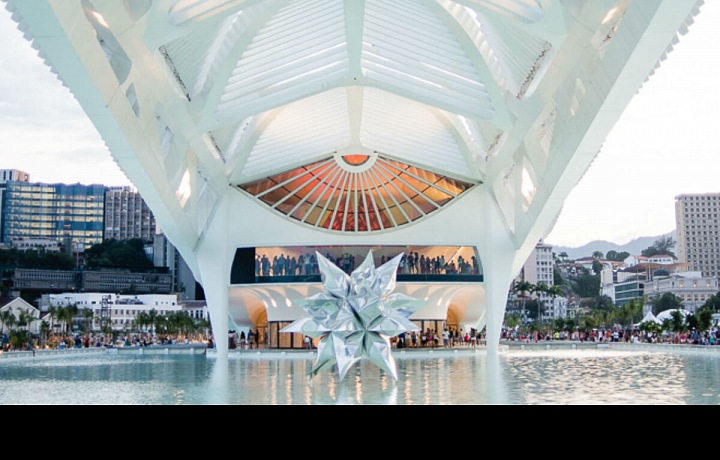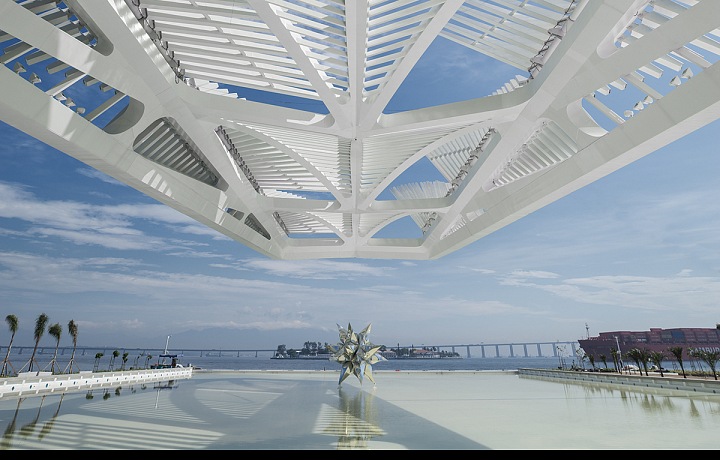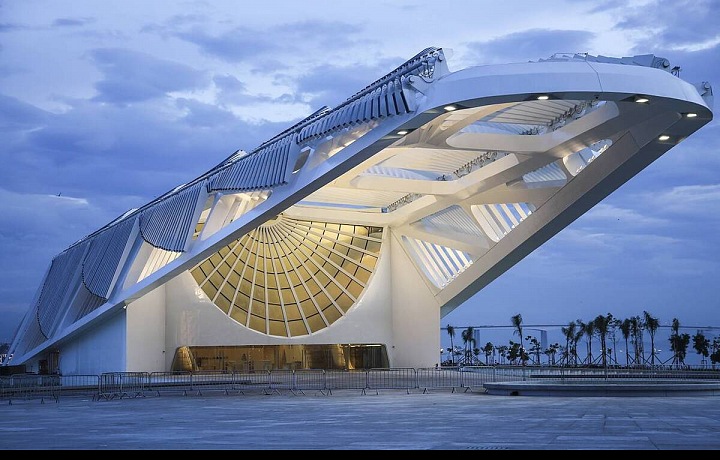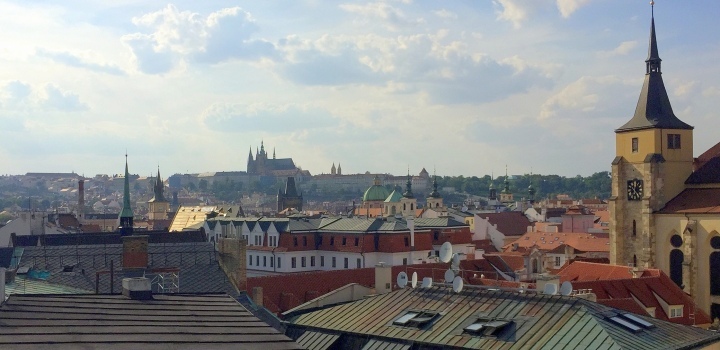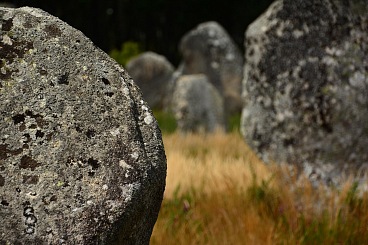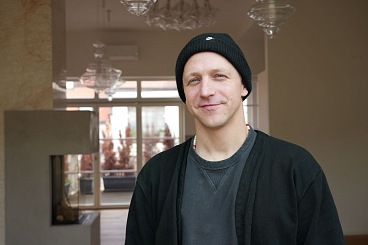The Brazilian Museum of the Future: An award-winning sustainable building
Is this the first swallow or is it a unique project? This is clearly the direction in which humanity generally wants to move.
Every year The Museum of the Future in Rio de Janeiro attracts thousands of visitors, not just because of what they can see inside, but also because of the architecture itself and the luxuriousness of the building.
Building with the maximum use of natural resources
On the building you can see an interesting phenomenon, which is represented by moving solar panels that travel with the sun so that they can use the solar energy to the maximum possible extent. Even the rainwater will not just come to nothing. The building captures and additionally uses this water. The cooling of the luxurious interiors is provided by water that is pumped directly from Guanabara Bay.
Energy saving is admirable
Sustainable buildings achieve amazing results - in this case representing a saving of 9,600,000 litres of water and 2,400 MWh of electricity: imagine that this saving represents the amount that covers the average annual electricity consumption of 1200 households!
At the prestigious MIPIM Real Estate Fair in Cannes the building was awarded the Best Innovative Green Building Prize.
Looking into the future
In this experimental museum, instead of the usual classical exhibits, ideas are presented that target a new perception of life which should be more connected to nature, while it is also related to the friendly use of its resources. The luxurious museum also features interactive games that make you think about your own future and also that of the Earth. Also included are audiovisual devices for which data has been collected from around the world.
The building has luxurious organic shapes that have been inspired by the bromeliades in the local botanical garden. It occupies 15,000 m² and is surrounded by gardens and swimming pools, together with a bicycle path and a relaxation zone. Thanks to this, the entire neighbourhood has taken-on a more luxurious appearance that is appreciated not only by tourists but also by the local population.



